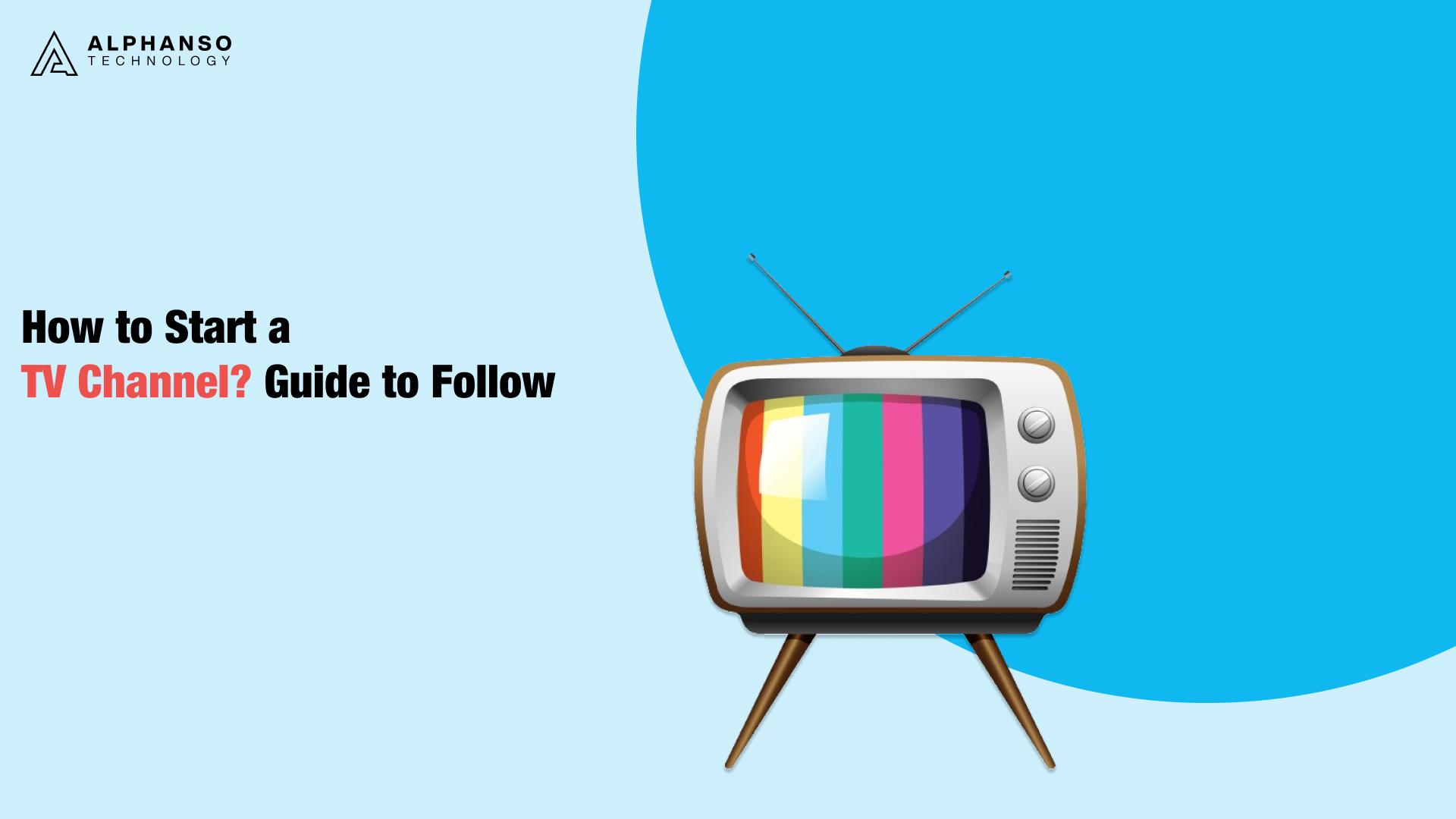The Main Principles Of Apollo Group Tv
The Main Principles Of Apollo Group Tv
Blog Article
Apollo Group Tv Things To Know Before You Get This
Table of ContentsThe Basic Principles Of Apollo Group Tv The Only Guide for Apollo Group TvThe Apollo Group Tv DiariesApollo Group Tv - Truths
In this scenario, as opposed to having three-minute business spots during a 30-minute television program, television programs might transform to one where a consumer will be called for to have a regular monthly registration, to ensure that they cen sight targeted banner advertisements. This kind of advertising and marketing currently happens on the web, and the amount of data tv companies gather permits them to do similar.Describe the impact of enrollers on program content. Explain the major fads amongst the broadcasting and cable networks. When tv remained in its infancy, producers designed the brand-new tool on radio. Popular radio reveals such as police dramatization Dragnet and western cowboy series Gunsmoke were adapted for television, and brand-new television shows were funded by single advertisers, simply as radio shows had been.
Today, the tv sector is much more intricate. Programs are sponsored by several marketers; programming is managed by major media conglomerates; and the 3 major networks no longer dominate the airwaves yet instead share their visitors with various cord networks. A number of variables account for these patterns within the market, including technological advancements, federal government guidelines, and the production of brand-new networks.

All about Apollo Group Tv
Even public television has actually become based on the impact of marketing. Established in 1969, (PBS) developed out of a report by the Carnegie Compensation on Educational Tv, which examined the function of academic, noncommercial tv on society. The record advised that the federal government finance public tv in order to provide variety of programming during the network eraa solution developed "not to market products" yet to "enhance citizenship and public service (McCauley, 2003)." Public tv was also intended to give universal accessibility to tv for customers in rural areas or customers that could not pay for to spend for exclusive tv services.
The period in between 1950 and 1970 is traditionally acknowledged as the. Other than a little section of airtime regulated by public television, the 3 significant networks (called the Big 3) dominated the television industry, jointly making up even more than 95 percent of prime-time watching. In 1986, Rupert Murdoch, the more information head of international firm Information Corp, introduced the Fox network, challenging the supremacy of the Big Three.
Targeting young and minority audiences with shows such as Buffy the Vampire Slayer, Moesha, Dawson's Creek, and The Wayans Bros., the new networks intended to attract stations far from their old network affiliations. Instead than duplicating the success of Fox, UPN and WB struggled to make an impact. Not able to attract lots of associate terminals, the two fledgling networks reached fewer families than their bigger opponents since they were unobtainable in some smaller cities.
This decision led the way for the advancement of cable television movie networks, adding to the rapid growth of cord in the 1980s and 1990s. apollo group tv. Additional deregulation of cord in the 1984 Cord Communications Plan Act removed limitations on wire prices, enabling operators to charge what they desired for wire solutions as long as there worked competitors to the service (a standard that over 90 percent of all cord markets can meet)
Apollo Group Tv Things To Know Before You Buy

Having produced the initial "superstation," Turner expanded his world by starting 24-hour news network CNN in 1980. At the end of the year, 28 nationwide programs solutions were offered, and the cable television revolution had begun. Over the next decade, the sector undertook a duration of fast growth and popularity, and by 1994 visitors could pick from 94 fundamental and 20 premium cord solutions.
Figure 9 - https://www.openlearning.com/u/vickboyd-slary2/about/.16 Increased competition from cable television channels has caused a constant decrease in the networks' audience ratings. During the 1950s, the cost of generating a solitary television show enhanced as programs came to be much longer and manufacturing expenses skyrocketed. Sponsorship on network tv shifted from single sponsorship, in which a program was totally supported and produced by one marketer, to numerous sponsorship, in which marketers got 1- or 2-minute areas on the show
Pick one of the Big Four networks and publish out its regular shows routine. See the network's prime-time programs over the training course of a week, noting the target group for each program.
The 7-Minute Rule for Apollo Group Tv

Straight Television, often referred to as traditional broadcast TV, includes cord and satellite television., assume of it as the traditional means of watching TV that has been around for decades.
Report this page